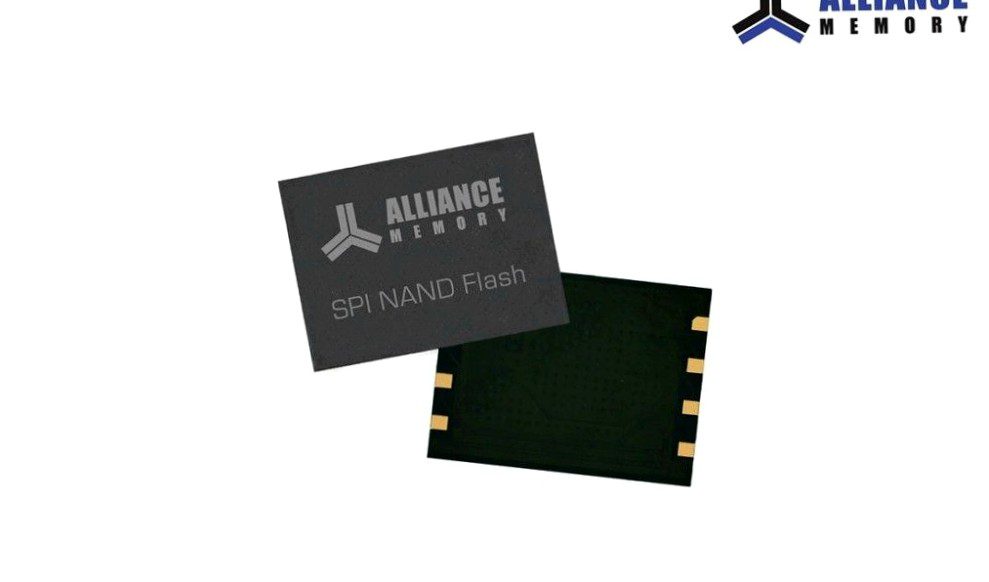
Flash storage solutions have become an integral part of our everyday lives. From smartphones to servers, the use of flash storage solutions is versatile and becoming increasingly popular due to their high reliability and performance.
However, developers and system integrators face significant challenges in implementing flash storage solutions because they are complex and require specialized knowledge. Here are ten tips that can help successfully design and implement flash memory solutions.

Tips include topics such as choosing the right type of flash storage, optimizing storage arrays, and using appropriate tools and methods to monitor and analyze system performance.
With these tips, developers and system integrators can meet their performance and reliability requirements and deliver successful flash storage solutions.
Read on to learn how to design the best flash storage solutions!
Tips for designing flash memory solutions – Tip 1
In order to design effective flash memory solutions, it is essential to thoroughly understand the requirements of your application. This means you need to understand your application’s memory requirements, real-time conditions, and application duty cycle. By understanding these requirements, you can design flash-based storage solutions that are specific to your needs.
Knowing your application’s storage needs will help you decide what type of flash storage solution you need. You need to determine the capacity, performance and speed of the memory to ensure it meets the needs of your application.
Another important aspect of planning flash storage solutions is understanding the real-time conditions of your application. You should understand the duty cycle, write load, read requirements and number of users. This allows you to select the right storage solution to meet the needs of your application.
Understanding your application’s requirements can also help you develop backup and disaster recovery solutions aimed at preventing data loss and backing up your data in real time. Overall, understanding the requirements of your application is the first and most important step in designing effective flash memory solutions.
Tips for choosing the right flash memory
Choosing the right flash memory is an important factor in designing flash memory solutions. There are different types of flash memory such as SLC, MLC, and TLC. Each type has its own advantages and disadvantages. It is important to understand the requirements of your application to choose the best type.
SLC flash memory is often used in industrial applications because it offers high write and read performance and has a long lifetime. However, SLC is also more expensive than other types of flash memory.
MLC flash memory offers higher storage capacity than SLC memory and is also less expensive. However, MLC has a shorter life cycle and lower write and read performance.
TLC flash memory is the most cost-effective type of flash memory. It has the highest storage capacity, but also the shortest lifetime and lowest read and write performance. TLC flash memory is best suited for applications with limited lifetime or when memory cost is an important factor.
It’s important to understand the pros and cons of each type of flash storage to make the right choice for your application. If you’re not sure which type is best, talk to an experienced flash storage manufacturer for recommendations.
Tip 3: Improve performance and reliability with RAID
RAID (Redundant Array of Independent Disks) is a method of data redundancy and security. By using RAID, you can improve your flash storage solutions in terms of performance and reliability.
RAID offers different configuration options, such as RAID 0, RAID 1, RAID 5, and RAID 6, depending on how many disks you want to use and what type of redundancy you need. RAID 0 increases performance by striping, while RAID 1 allows data to be mirrored across two drives. RAID 5 and RAID 6 provide an effective combination of performance and redundancy.
If you use RAID, you can also use hot-swapping features to replace damaged drives without downtime. This is especially important for critical applications and environments where downtime can lead to costly or dangerous consequences.
- Use RAID to improve data redundancy and security
- Consider the different RAID configurations and choose the most appropriate one for your needs
- Use RAID’s hot-swapping capabilities to replace damaged drives without downtime
Tip 4 – Plan for the life of your flash memory
The life of your flash memory depends on several factors, such as the number of writes and the temperature at which it is used. Unsuitable conditions can lead to premature wear and tear and ultimately shorten the life of flash memory. That’s why it’s important to consider the lifespan of flash memory when planning your storage solutions.
One way to extend life is to allocate at least 10 percent storage space for overprovisioning. This prevents flash memory from being fully utilized, resulting in fewer write operations. In addition, writes should be distributed across all storage areas to avoid over-provisioning.
- Also avoid long writes to a storage area.
- Avoid storage usage in a high temperature range.
- Regardless of the manufacturer, there is always a maximum number of erase cycles.
- You can reduce risk by selecting storage designed for use in harsh environments.
Flash storage solution design: Tips for a scalable solution
It is important to keep scalability in mind when planning a flash storage solution. A solution that is sufficient for current requirements may quickly become obsolete in the future. Scalability of the solution ensures that it meets the requirements of growing data needs.
Scalability refers to the solution’s ability to adapt to changing needs or growing data volumes by adding additional resources or improving existing infrastructure. This may mean ensuring that the solution is scalable by simply expanding or updating it, or that it is designed to be used seamlessly across larger networks.
When choosing a scalable flash storage solution, make sure it is flexible enough to adapt to your needs. Look for a solution that handles both small and large amounts of data well and can be easily expanded when needed. A solution that takes scalability into account is the best choice to ensure you future-proof your flash storage solution.
When you choose a scalable flash storage solution, you can be sure you’re choosing one that can handle growing data needs without requiring you to make another investment in the near future. A scalable solution also gives you the flexibility to expand or upgrade your infrastructure as needed without losing existing data or experiencing disruption in your operations.